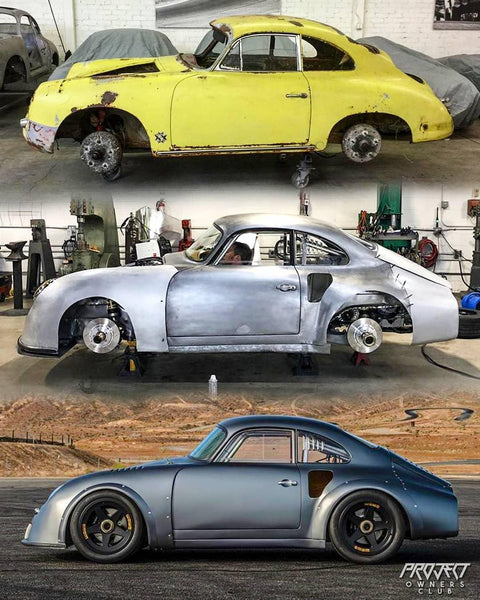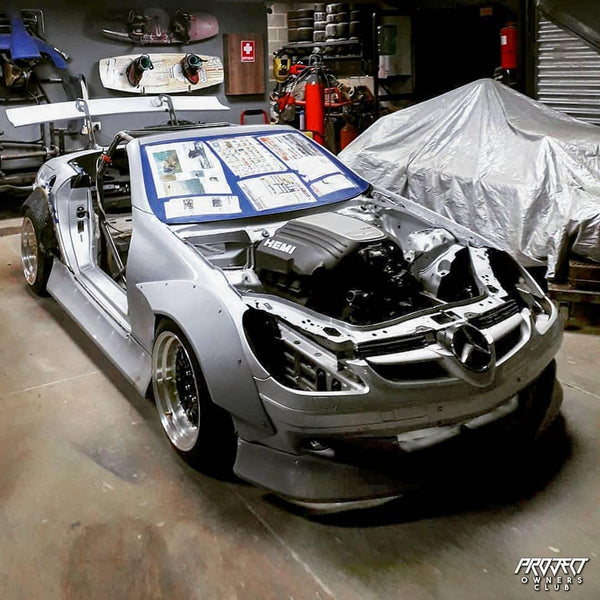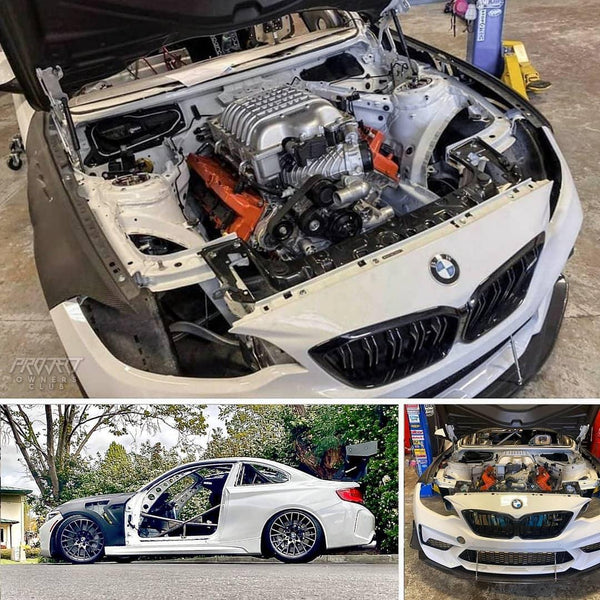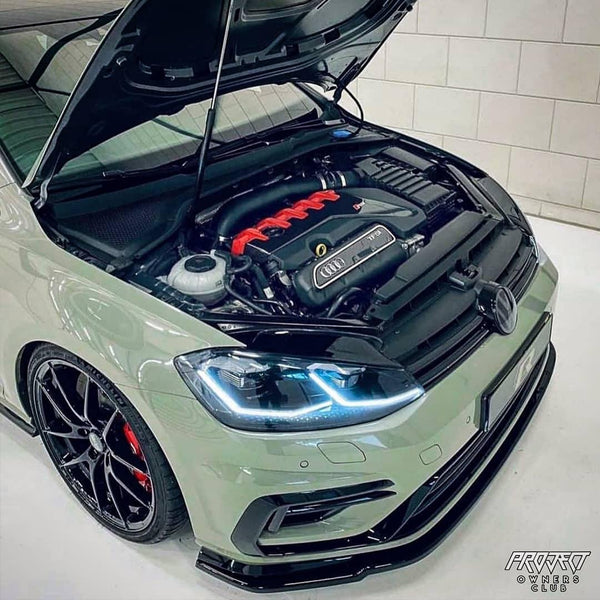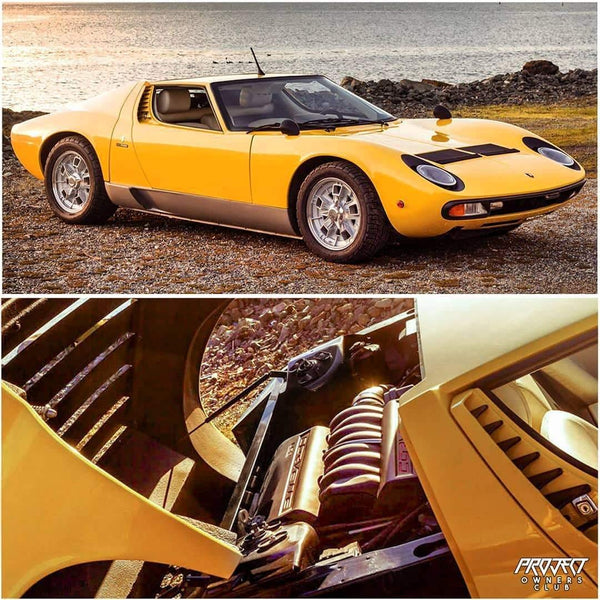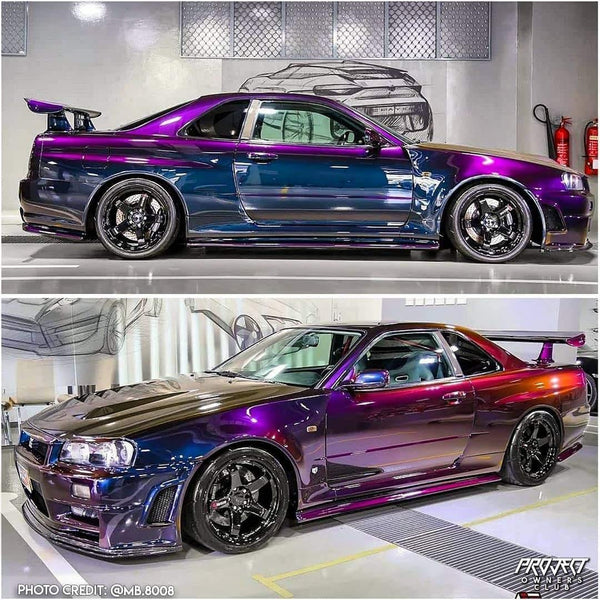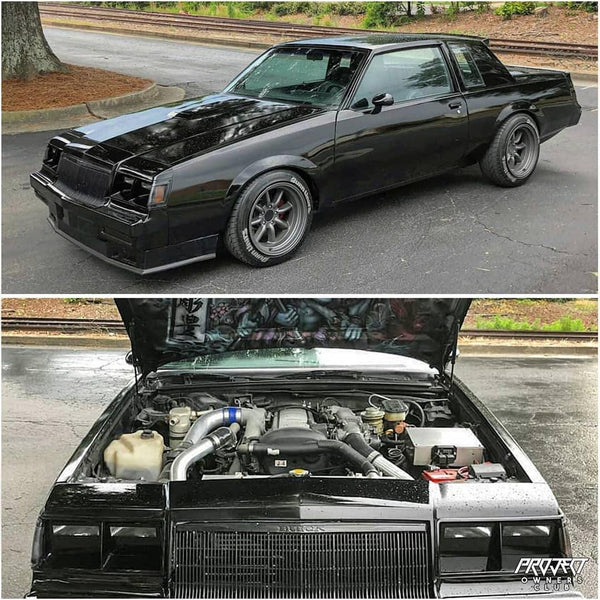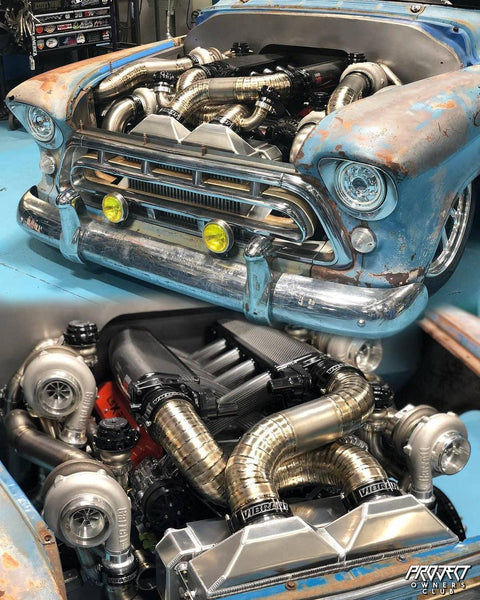
Honda JV6 swapped Miata
It's no secret that the Miata comes off as a bit of an inside joke within the car community. Its cheery disposition and unimposing stature won't exactly strike fear into the next guy at a red light. For for more than 30 years, though, these cars have been manufacturing fun in tight corners, and they've been doing it with a simple recipe. Keep the weight down and evenly distributed. Now, despite how things may appear at first glance, this was actually the main idea behind keeping this build effective.

My car is a 1999 Mazda Miata, built by Tony Porto of Wilwood Engineering. It is powered by a Honda J32A2, which arrived in the Acura 3.2 CL and TL Type-S cars of the early 2000s. These are all aluminum SOHC V6s, that produce decent figures in factory trim, but this one is making more than 270whp with with the help of some JCG Restoration and Customs fab work, an AEM V2 engine
management system and the tuning magic of Aaron O'Neal at English Racing. What's better is that all of this is done without sacrificing the 50/50 weight distribution, adding just 23lb. in the process.
Currently, the factory Mazda 5 speed sits behind the engine and power gets to the ground through a 3.9 geared Torsen rear end. A 6 speed trans swap and Getrag G80 diff are in the cards for 2020, however. In keeping with the theme of proper handling, the factory suspension was updated with V8Roadsters Pro-Series control arms, a coilover setup from JRI Shocks, Racing Beat swaybars,
and Keisler Automation drop spindles. All of this rides on a set of 15x9 +36 TR Motorsports C3M wheels and BF Goodrich Gforce Rival tires, while getting to a stop quickly with a Wilwood Dynapro big brake kit.

Inside the cabin is pretty straight forward. A selection of gauges in the console and A-pillar monitor what's happening. Seating is snug and secure in a Sparco REV seat and 4 point harness, and inputs get from the driver to the road via a quick release 350mm Sparco wheel and an increasingly
noisy IRP Germany billet short shifter.
Rounding out the car is the exterior of the vehicle, where I've taken a few subtle, but suggestive liberties. My goal here was to capitalize on what's already there and trim the fat when possible. To accomplish this, I opted for a sort of “form follows function” approach. A simple rear bumper cut sets these cars off. I matched that with a TDR front splitter, APR side mirrors and I feel Left Lane Designs fender vents really send the message home. For cool points, the car also features a discontinued Autokonexion carbon deck lid.
Taking this car for the sum of it's parts is one way to see it, but there's more to it than that. What I appreciate most about this build is the reliability of an economical power plant, the relatively low costs of consumables, and it's ability to get a conversation going. It's a Miata, after all. It's gonna be fun!
Follow @jv6miata on Instagram for more on the build and its progress



